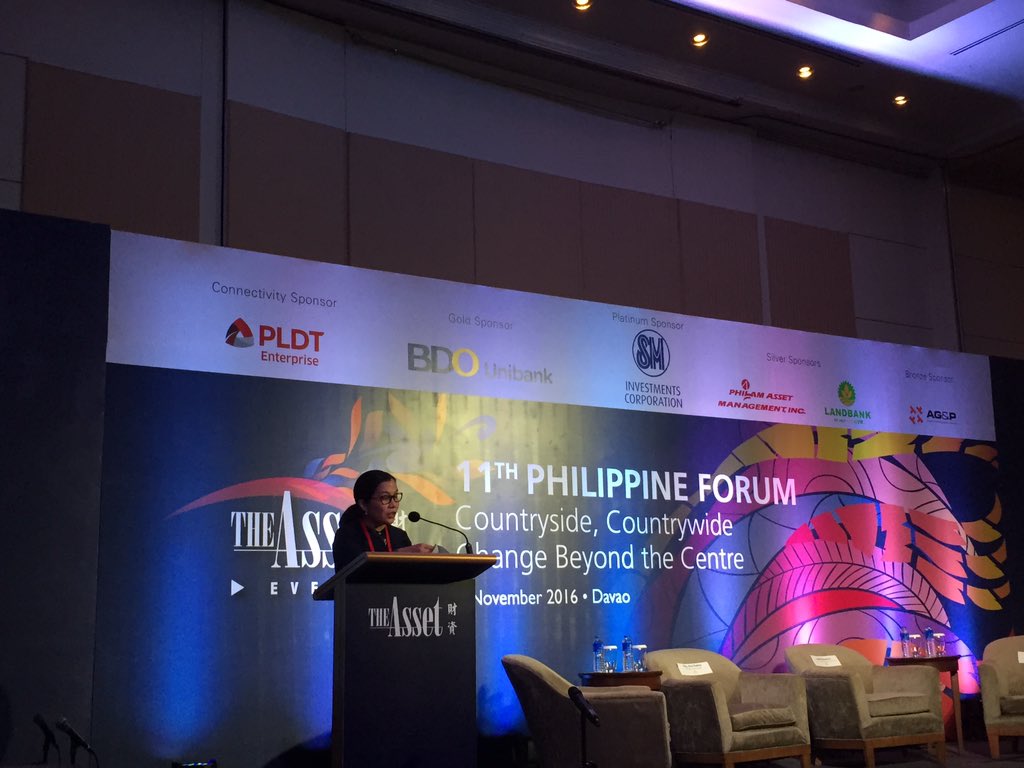The Philippine central bank hints at an opportunity for financial technology firms (fintechs) to thrive in the country particularly in Mindanao – the Philippine southernmost region that currently has the least number of Filipino adults with bank accounts.

Bank presence is scarce in southern Mindanao, the home province of President Rodrigo Duterte. Just 0.2% of the country’s total deposit accounts are found in the southern region, indicating the lopsided picture in terms of per capita distribution of deposits in the country.
But digital innovation could help change that, says the Bangko Sentral ng Pilipinas (BSP), the Philippine central bank. Pia Bernadette Roman Tayag, director of the inclusive financial advocacy of the BSP tells participants at The Asset 11th Philippine Forum that “the prospect of financial inclusion is encouraging.”
“In almost 15 years of promoting financial inclusion, the Banko Sentral believes it is a policy objective worth pursuing side by side with our objective of macro stability,” says Tayag in a forum held in Davao City, the trade and industry hub of Mindanao. She says technology, in particular, has the potential to have the greatest impact in filling the gap in financial inclusion.
For now, 70% of deposit accounts are found in the country’s national capital region or Metro Manila. Out of the country’s 1,600 cities and municipalities, just over 500 of them have banks. Six out of 10 Filipino adults don’t own accounts.
Banking presence tends to be skewed to higher-income and more populated areas due to the cost of setting up banking offices. The countryside struggle amid limited financial services.
“We all know the deeply engrained barriers to access – cost, geography, lack of infrastructure among others these are market restrictions and can be addressed by market-based solutions developed by an enabling regulatory environment. That balances inclusion and stability objectives,” she says.
The BSP cites leveraging on digital solutions, improving financial infrastructure and ensuring consumer protection and financial education among solutions to boosting access to banking services.
Technological innovation in banking can cut costs and accelerate the inclusion of the unbanked into the formal financial system. It is estimated that digital finance has the potential to reach 1.6 billion people in emerging economies and increase the volume of loans extended to individuals and businesses by US$2.1 trillion.









